Grey Horse Modifier
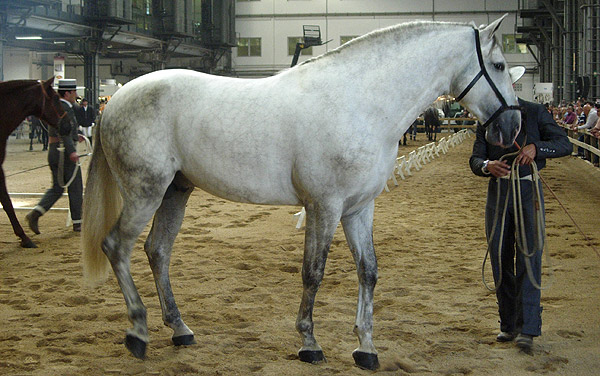
The greying gene is found in all breeds of horses and has the ability to mask all other colors, including pinto and appaloosa white patterns.
Grey horses are unique because they are born dark, with either black or chestnutbase and slowly “grey out” with every shedding. All horses affected by the grey modifier grey out, no matter what color they are born.
About the Grey Modifier
- Dominant gene
- Modifier that depigmentates colored hairs as the horse ages
- Skin may also depigmentate which causes mottling
- Greying varies between horses and breeds
- First signs of greying are usually around the eyes
- All gray horses grey out no matter what color they began
Different Greying Stages
Every grey horse will go through all of the below stages at some point in their life. Greying varies between horses and breeds.
Steel / Iron Greying Stage
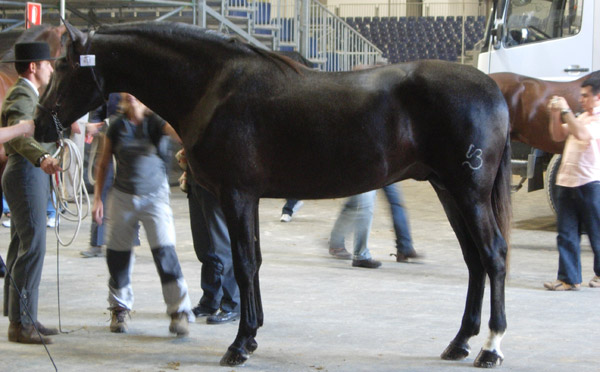
- First stage of greying process
- Face tends to lighten first
- Can have a bluish tint
- Often mistaken for grullo
Dapple Greying Stage
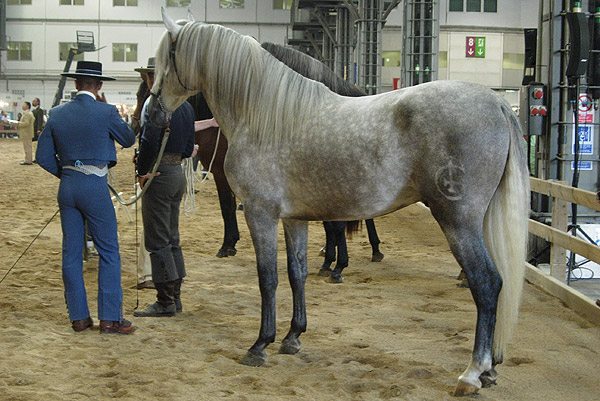
- Second stage of greying process
- Most commonly expect when they think of grey horses
- Occurs during ages of 4-12 & vary by speed of greying and age
White Greying Stage

- The third stage of the greying process
- Horses who have finished greying out
- All pigment in hair is gone
Fleabitten Greying Stage
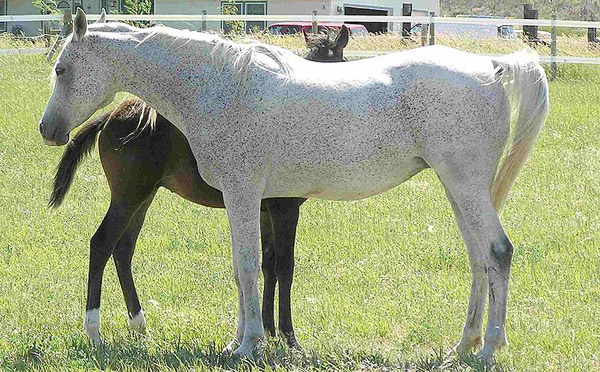
Image from Montanabw
- Last stage of the greying process
- Horses have small red or black spots all over their body hairs
- Sometimes they start as they horse begins to grey out and others sprout up after greying process is complete
Rose Grey
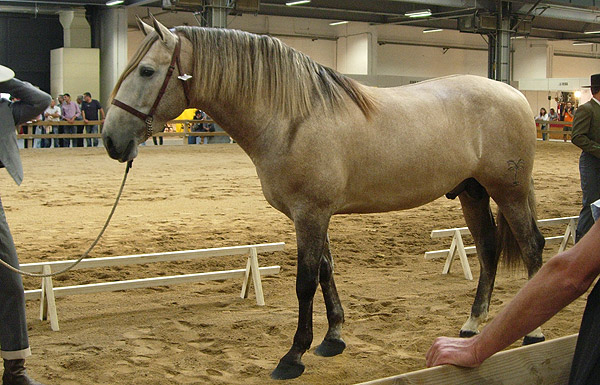
Bay Color Modifier

Perhaps one of the most well known horse colors, the bay comes in a variety of different shades and can be identified by their black points (mane, tail and legs).
A bay horse is an animal with a black base affected by the Agouti gene which controls the distribution of black hair to points and topline. This gene only affects a black base because chestnut hides the Agouti gene.
Bay Modifier
- A dominant color
- Common in all breeds
- Red body ranging from light to dark with black points
- Wild bay is a rare subtype with black legs that only extend up to pastern or fetlock
Different Bay Shades
There are a variety of different bay colors and they fall under these general categories.
Black Bay
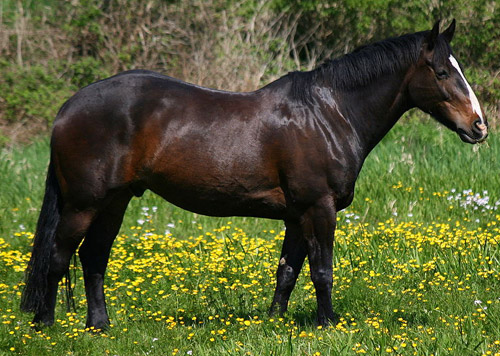
Image from Rror
Mahagony Bay

Image from Shagya France
Blood Bay
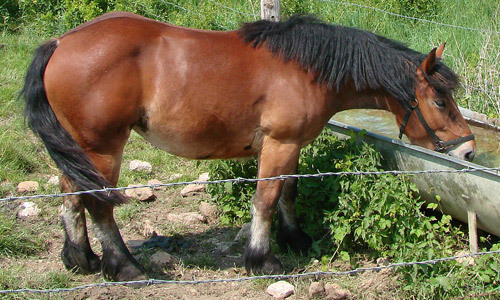
Standard Bay
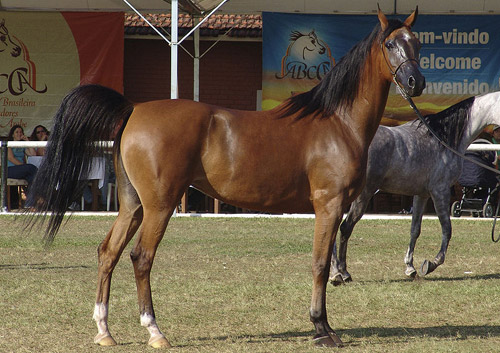
Image from Reynaldo
Light Bay
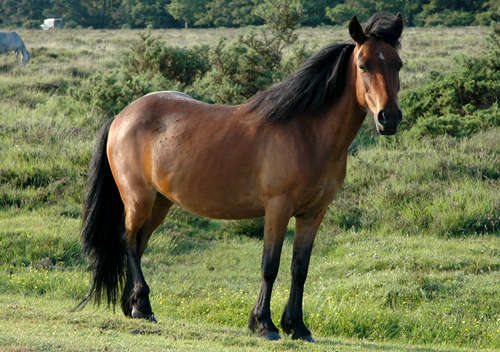
Bay Dilutions
A bay base can be affected by all of the dilution genes & display a brilliant rainbow of colors as a result. Here are a few examples.
Bay or Zebra Dun
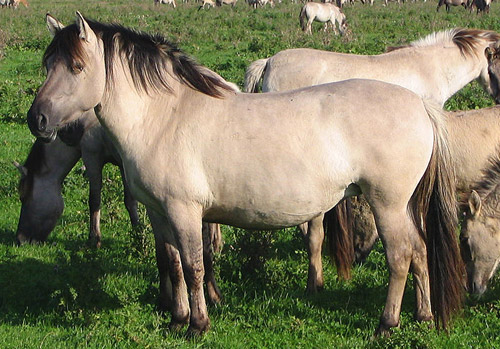
Bay horse with a dun modifying gene
Image from Podargus
Buckskin
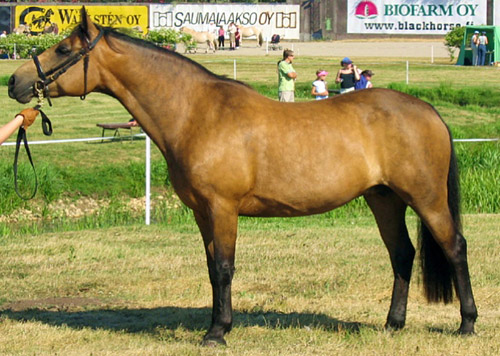
Bay horse with a cream modifying gene
Image from Rozpravka
Perlino
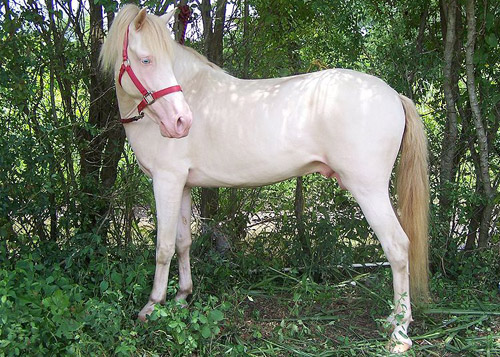
Bay horse with a double dose of the cream modifying gene
Image from Arsdelicata
Amber Champagne
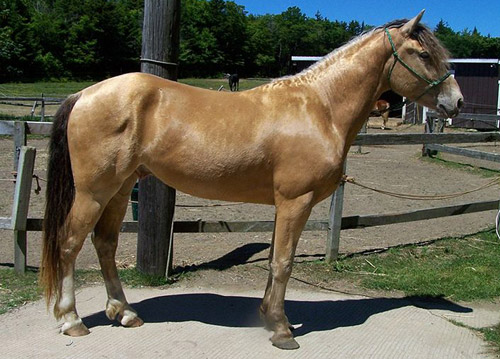
Bay horse with a champagne modifying gene
Image from Kersti_Nebelsiek
Silver Bay
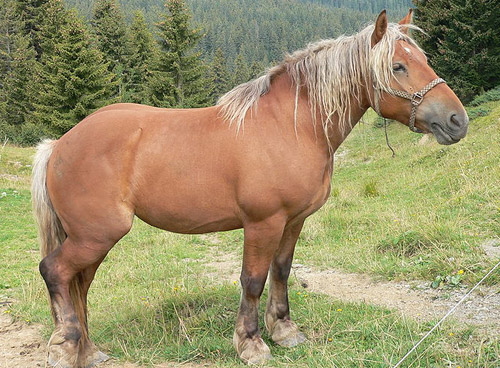
Bay horse with a silver modifying gene
Image from Philipendula
Bay Modifications
The bay color itself is a modifying gene, however the color can be affected by two of the other modifications as well (mealy & sooty). Here are examples.
Mealy / Pangare
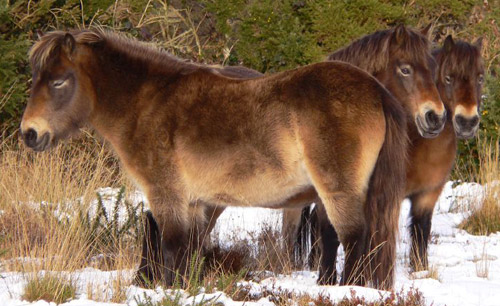
Bay horse with a mealy / pangare modifying gene
Image from me’nthedogs
Sooty / Smutty
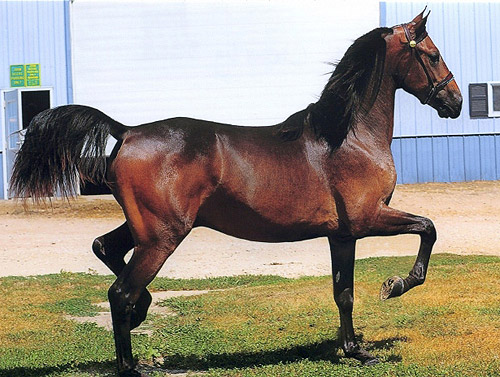
Bay horse with a sooty / smutty modifying gene
Image from selenas_stock
White Patterns
Bay animals can be affected by all white patterns and the bay coloring actually creates more colorful spotted animals (think tri-colored pintos).
Appaloosa
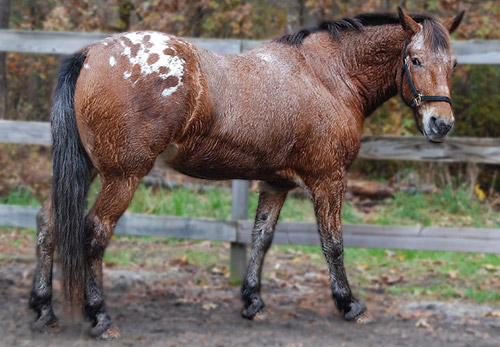
Bay horse with a appaloosa white pattern
Image from equessaquagrl
Skewbald Pinto / Paint
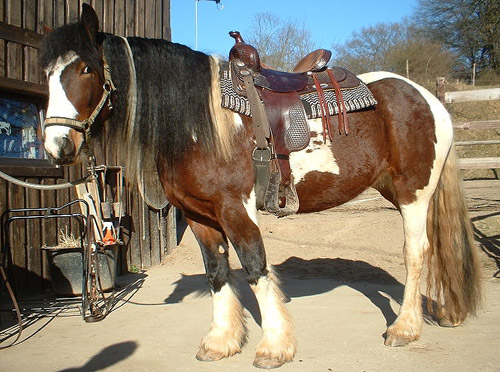
Bay horse with a paint / pinto white pattern
Image from Borsi112
Bay Roan
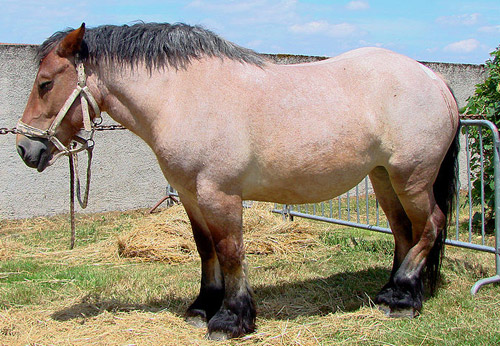
Bay horse with a roan white pattern
Mealy / Pangare Modifier
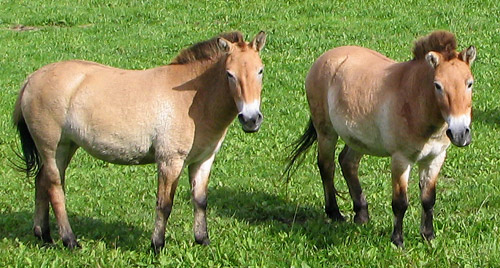
Image from GerardM
This color modifier is common in all breeds is expressed by a lightening of the animals soft spots, generally the muzzle, belly, flank, elbow and eyes. This gene is also often found in mules and burros, and easily identified by a characteristic lightened muzzle.
Mealy Modifier
The picture below is a fine comparison of two similar colored horses, one with the Pangare gene and one without.
Mealy vs. Non-Mealy
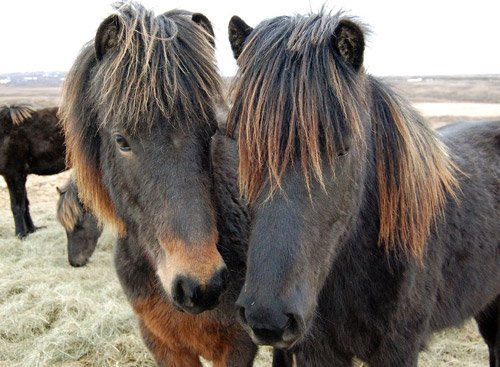
Image from Deivis
Mealy Colors
The mealy gene can be displayed on all of the base colors and the bay modifier. Here are some obvious examples.
Chestnut Mealy
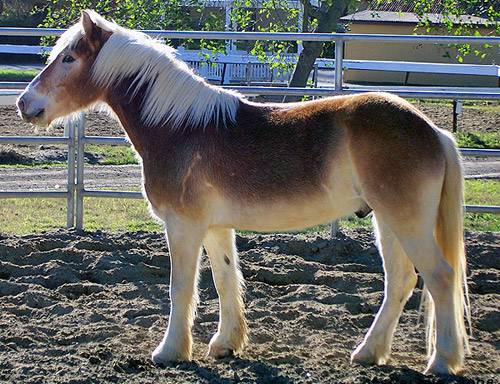
Mealy gene displayed on a chestnut base
Image from White Horse Productions
Black Mealy
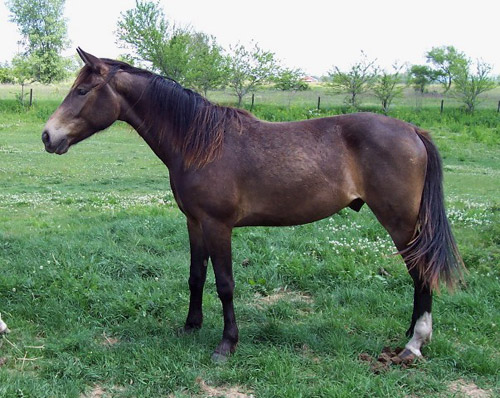
Mealy gene displayed on a black base
Image from Apple Ridge Mountain Horses
Bay Mealy

Mealy gene displayed on a bay horse
Image from me’nthedogs
Sooty / Smutty Color Modifier

Image from Tocekas
Thought to be a form of natural camouflage, the sooty or smutty gene causes black hairs to grow mixed into the body coat (generally along the topline & points). This often results in dappling and in rarer cases brindle striping.
Sooty / Smutty Modifier
Can be a seasonal effect as some buckskins who display darker striping and shading along their topline during certain times of the year. Experts don’t know if this is related to the primitive striping found in duns, although buckskins who display it can be mistakenly identified as dun.
- Darkens color in specific areas
- Can cause dapples
- Can cause individual black hairs
- Generally causes a darker shade on the topline
- Can darken uniformly
- Also called countershading or coloring
Smutty Colors
This coloring can be found on both black & chestnut bases (that includes bays). Although darkening of the coat only has a visible affect on variations of bay & chestnut animals.
Basic Genetics
The presence of black hairs on a chestnut based animal poses a contradiction, as the ‘ee’ gene blocks production of black hairs. It is thought that the sooty gene cancels out the black pigment blocking properties of ‘ee’ animals. This is largely believed because even palominos (also affected by a creme dilution gene) can also grow black colored hairs that are not diluted by the cream gene.
Although the cause of this coloring and how it’s passed on genetically is unknown it’s passed on readily enough to be dominant to some degree.
Sooty Bay
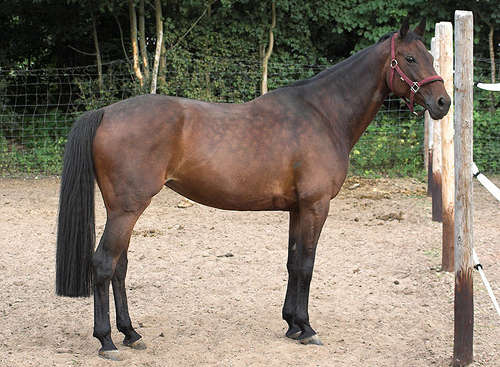
Sooty gene displayed on a bay horse
Image from Martin_Bahmann
Sooty Palomino (Chestnut)
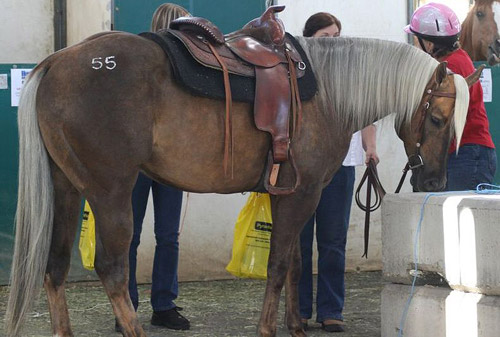
Sooty gene displayed on a chestnut base (with a creme modifier)
Image from Just chaos
Sooty Buckskin (Chestnut)
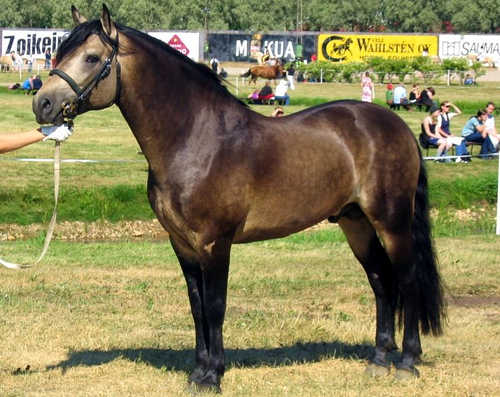
Sooty gene displayed on a bay horse (with a creme modifier)
Image from Rozpravka
Flaxen Color Modifier
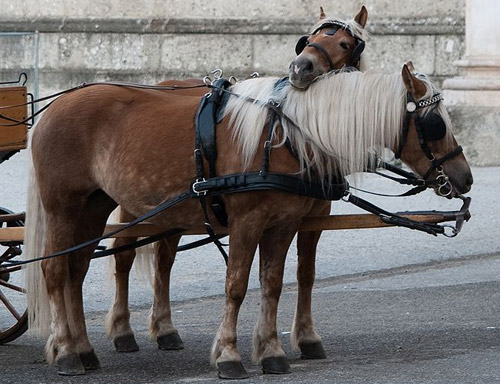
Image from Mihai Bojin
The flaxen modifier only affects mane and tail color in chestnut based horses. This gene displays in a white to cream colored mane and tail with a reddish body coat, and does not always affect the mane and tail to the same degree.
Not much is understood about this modifier, although it is thought to be a recessive gene, and it is often mistaken for a silver dapple.
Flaxen Rainbow
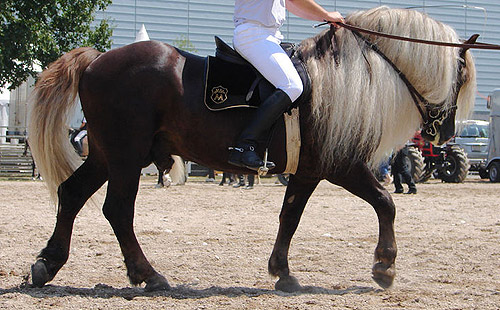
Image from Kersti_Nebelsiek
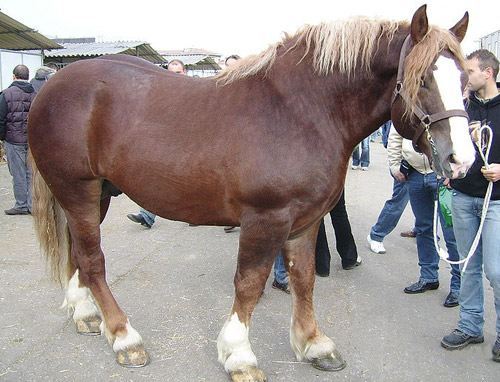
Image from July
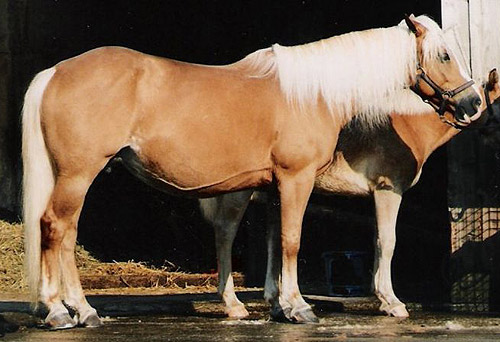
Image from CommonismNow
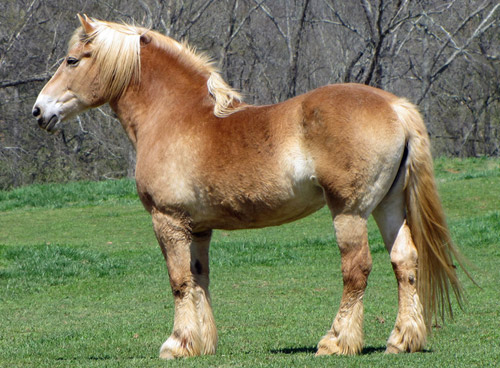
Image from The_Gut

No comments:
Post a Comment